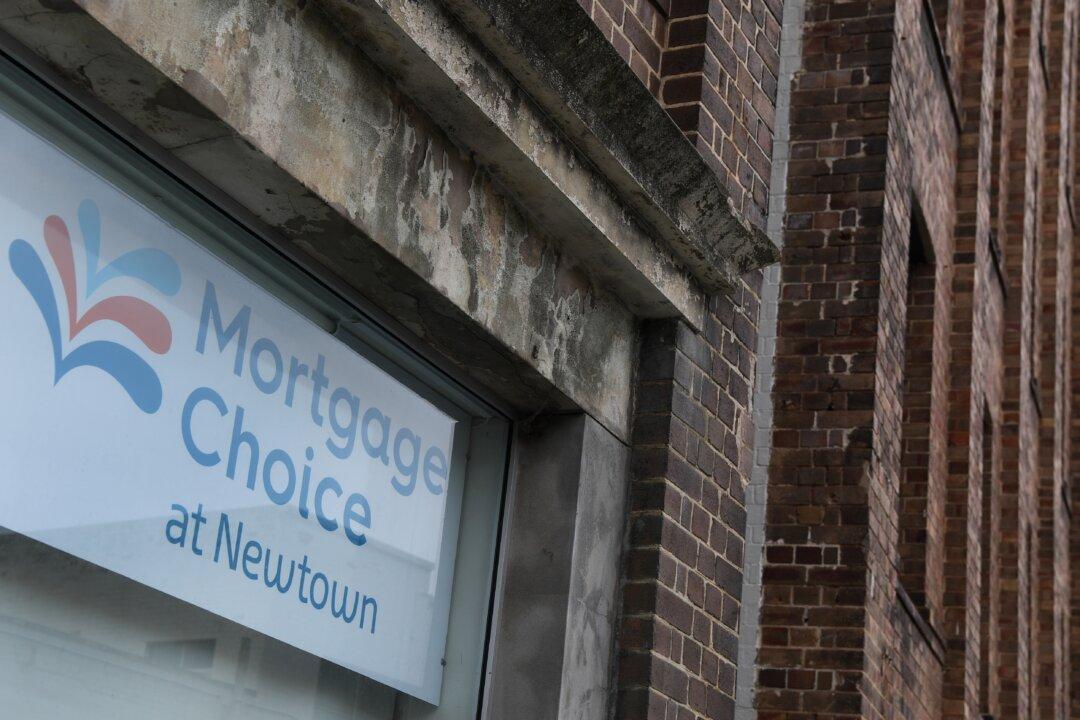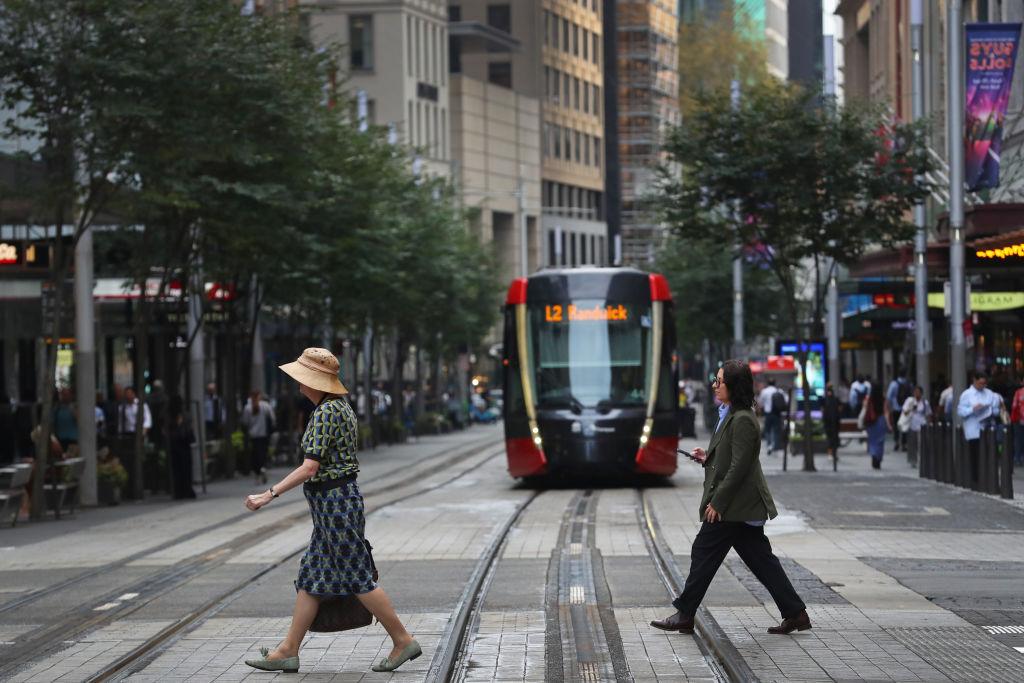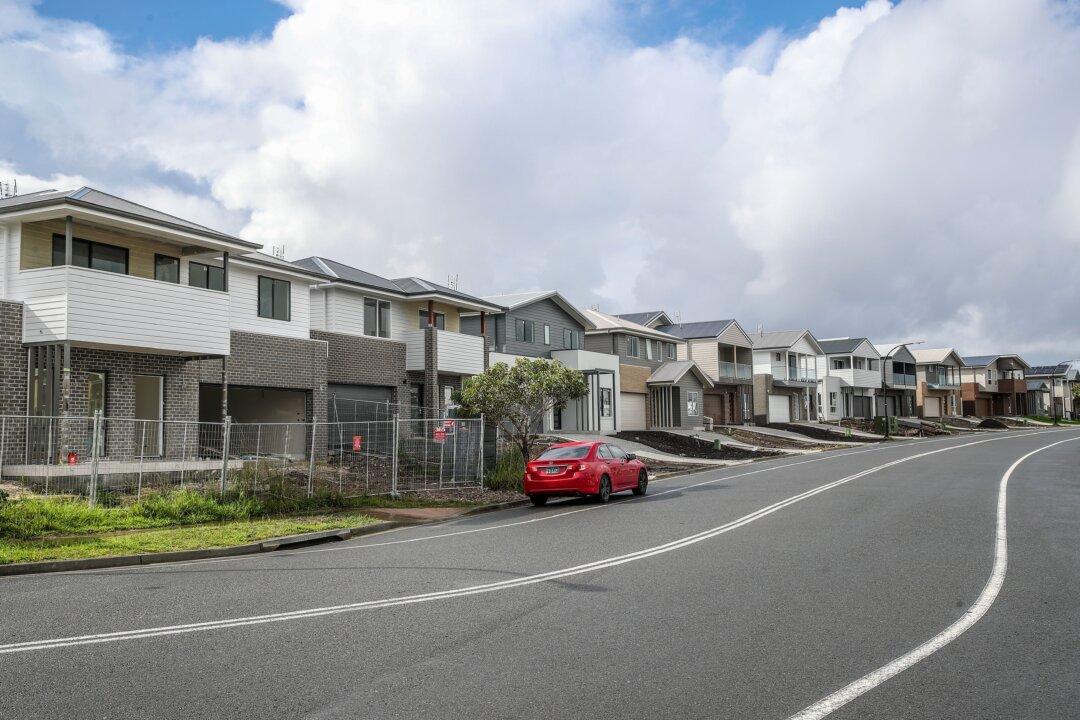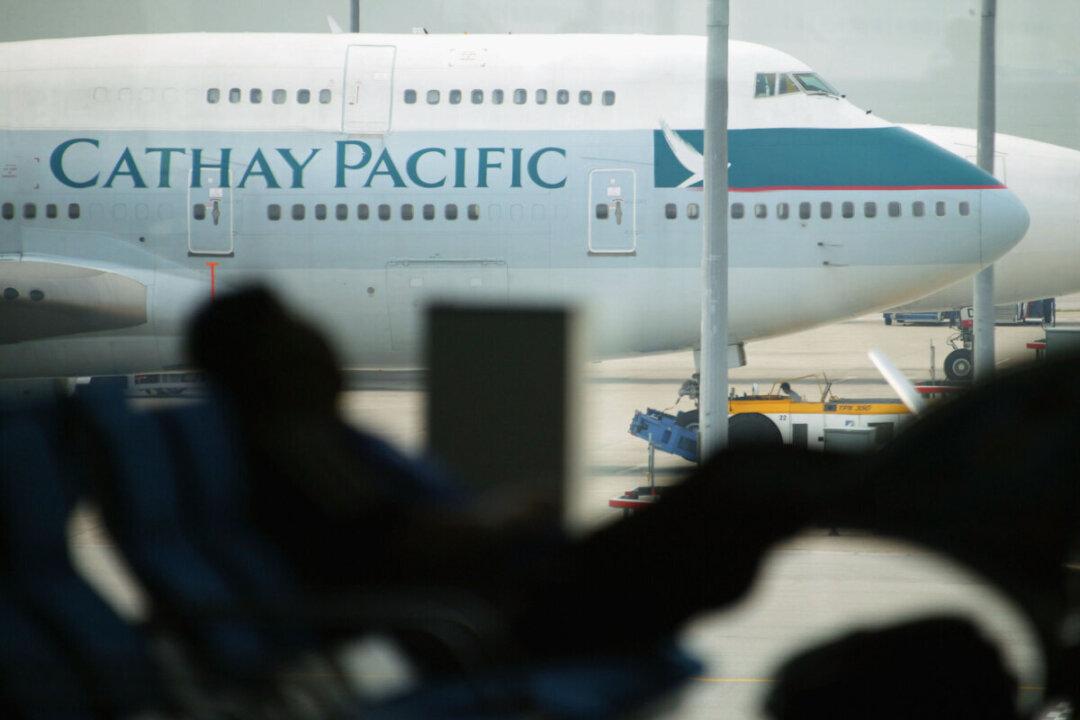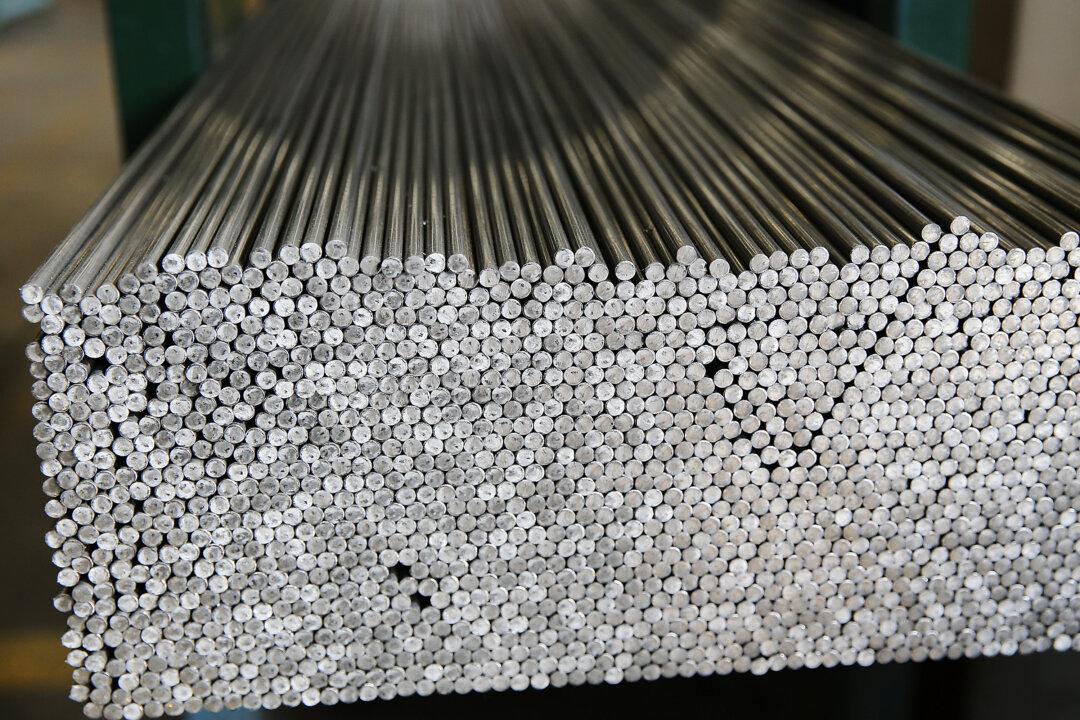Australians “at risk of mortgage stress” have reached a record high amid increasing interest rates, according to research company Roy Morgan.
The research showed that 1.46 million Australians, representing 29.2 percent of mortgage holders, were at risk of mortgage stress in the three months to July 2023, surpassing the 1.46 million record in the three months to May 2008, when there was still a global financial crisis.
